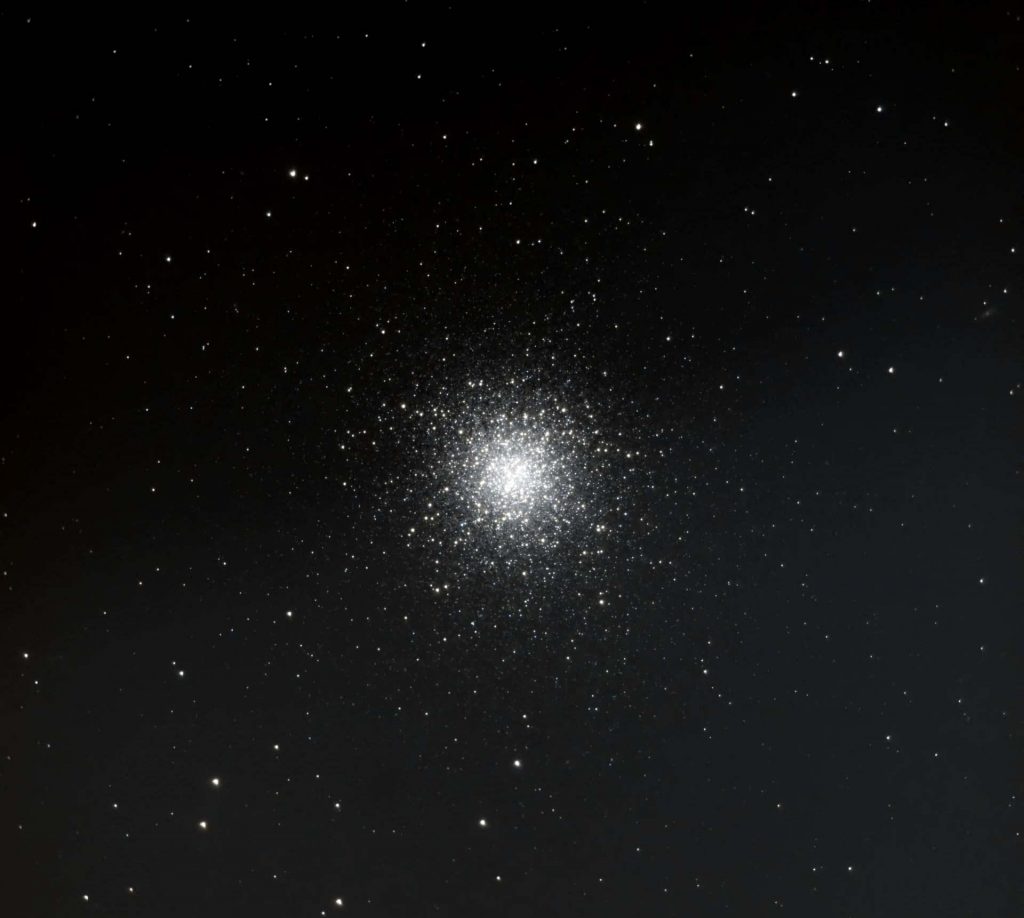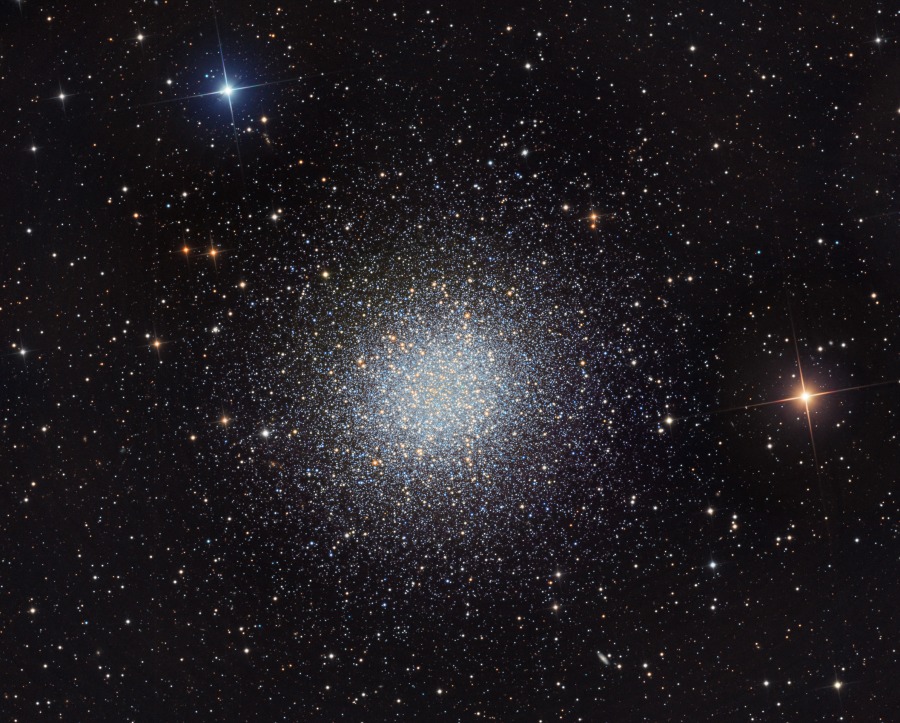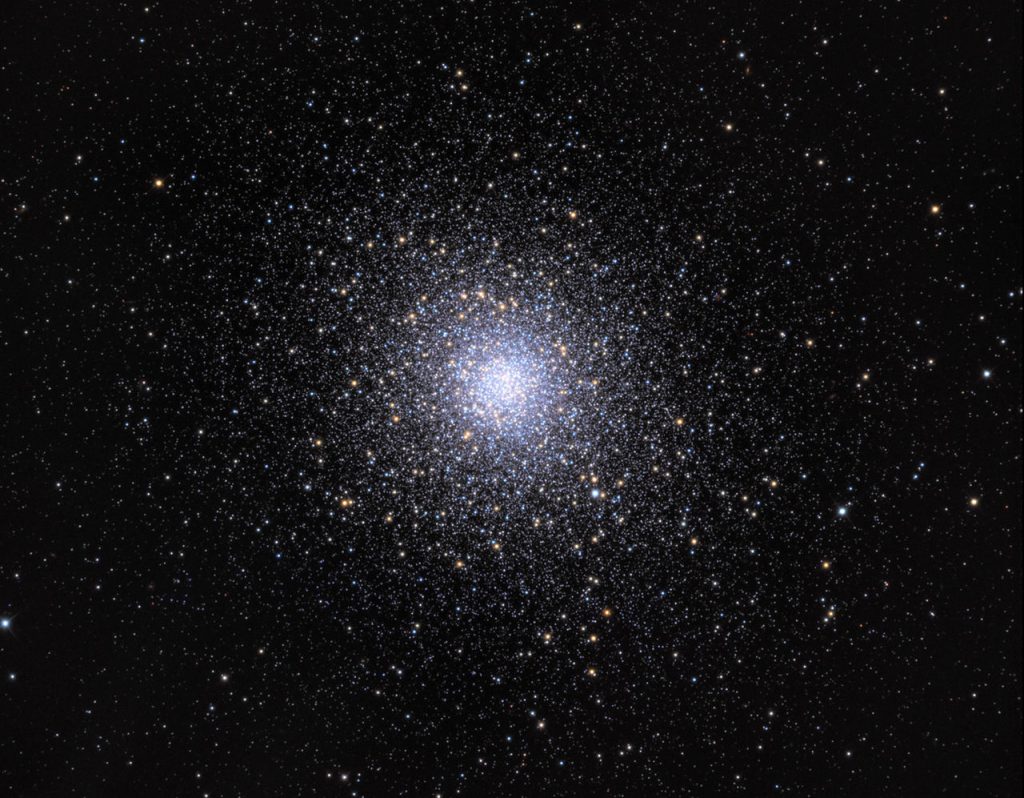Morning Moon Passing Sol Highlights Hercules on High, Our Star is Afar, Mercury Buzzes the Bees, and Matariki Returns!
This image of Messier 13, the Great Globular Star Cluster in Hercules was imaged by my friend Claudio Oriani in Richmond Hill, Ontario on May 30, 2023 using an 8″ SCT telescope. The cluster, also known as NGC 6205, is 24,000 light-years away from our sun. The cluster appears as a faint fuzzy patch in…
Read more


